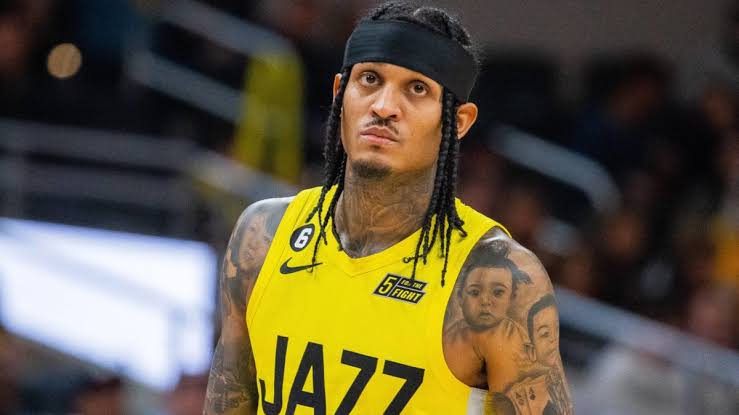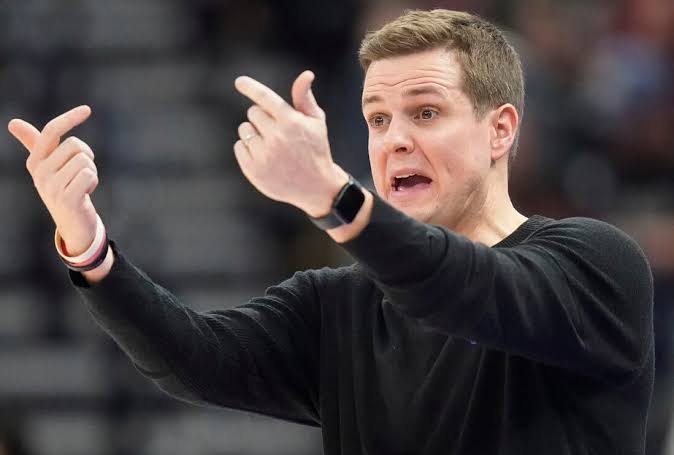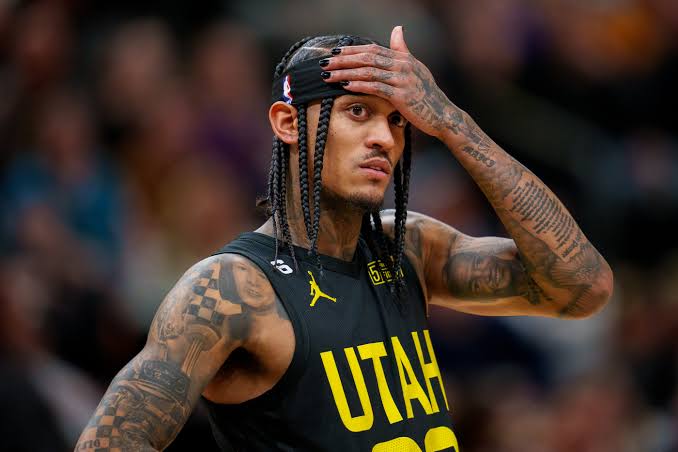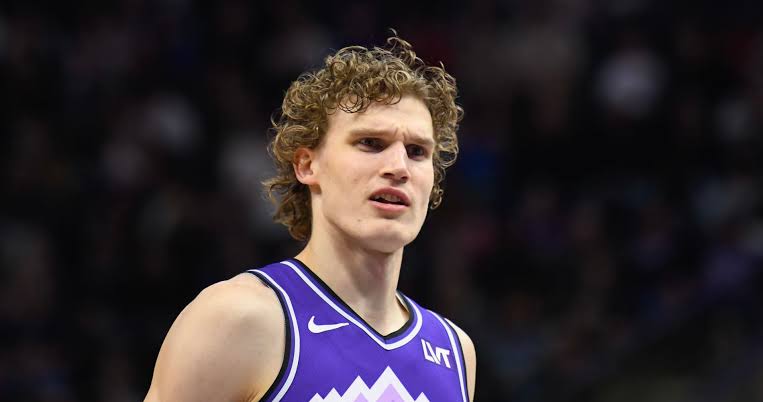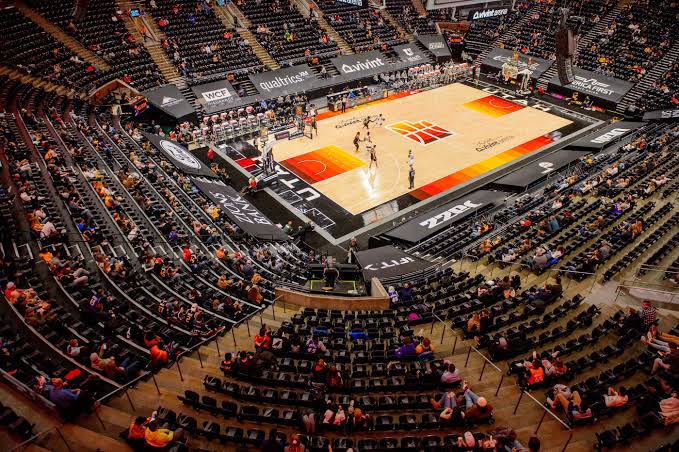ESPN REPORT: guard Reed Sheppard sign contract deal with Utah Jazz today….

Prospect for the Utah Jazz Draft: G Reed Saying that Sheppard is among the greatest shooting prospects of all time going into the NBA draft is not hyperbole.
The guard was outstanding as a spot-up shooter, in transition, or off the dribble. He made an unbelievable 52% of his 4.4 three-point tries.
But in his one and only season at Kentucky, Sheppard shot 55 percent on two-point field goals, making him incredibly reliable inside the arc in contrast to some smaller shooters.
TY: The Utah Jazz, who have an undetermined top-ten pick in the 2024 NBA Draft, are expected to select Kentucky guard Reed Sheppard in the lottery.
The Jazz can bolster their already youthful core by adding quality players to their draft selections—they control three of the top 32 picks in the 2024 draft.
If Sheppard were to arrive in Utah in late June, this is how he would fit in with the Jazz.
Even with his exceptional shooting ability, the rookie rarely forced poor looks that were out of rhythm with the offense by maintaining a controlled shot profile.
Sheppard can locate openings off the ball to shoot from or can quickly and accurately dish out passes to expose opponents. He has an innate feel for floor space.
In addition, the guard knew how to go around double teams and break traps by backing out at the attack point to draw an additional defender close to halfcourt. This allowed him to pass over the top of the defense and gain an attacking advantage.
Although Sheppard’s shooting ability may be the best of any player in the draft, his outlet passing is equally impressive.
Sheppard aggressively pushes the ball up the court with long passes to catch lethargic defenders out of position, in contrast to many young guards who are prone to overdribbling in an attempt to find their rhythm.
Along with Sheppard has the potential to be an NBA connective tissue player both on and off the ball thanks to his better than 2:1 assist-to-turnover ratio.
On defense, Sheppard once more makes use of his exceptional grasp of basketball spacing to shut off passing routes and angles for opposing teams.
When bigs carry the ball down below their chest, the guard’s outstanding hands can shred the dribble of primary ball handlers and grab steals under the basket.
Her father was a basketball player in Kentucky, thus Sheppard has a great sense of touch in the game.
deficiencies: Sheppard’s athletic profile accounts for nearly all of his deficiencies.
Though not short enough to play in the NBA, the guard’s estimated height and weight of 6-foot-3 and 190 pounds don’t match the typical build of bigger guards.
Sheppard has some athleticism, but not great quickness or leaping ability, thus his success on the floor will come more from skill than from his physical attributes.
While guards from Kentucky have generally demonstrated more playmaking skill in the NBA than they did under John Calipari in college, there are still some doubts on whether Sheppard is more suited to play on or off the ball.
Although Sheppard isn’t a bad defender and adds a lot of value there with his excellent steals statistics, at this stage of his career, his team defense is better than his on-ball defense.
Sheppard is a pretty safe pick to stay in the NBA because of his excellent shotmaking and complementing (at worst) ball handling, but because of his athletic profile, he might not have as much total upside as other players in the draft.
Sheppard has multiple options to become a significant NBA player among Isaiah Joe, Cason Wallace, Grayson Allen, Mike Conley, and JJ Redick.
But given his size, he would be challenging to play with in the Jazz’s current backcourt with Collin Sexton and Keyonte George. Because of his physical limitations, he might end up in the NBA like former second-round pick Jared Butler did.
Overall, Sheppard would be a perfect fit for Jazz head coach Mike Budenholz because to his floor spacing, two-way skill set, and exceptional ball movement Hardy Will.



